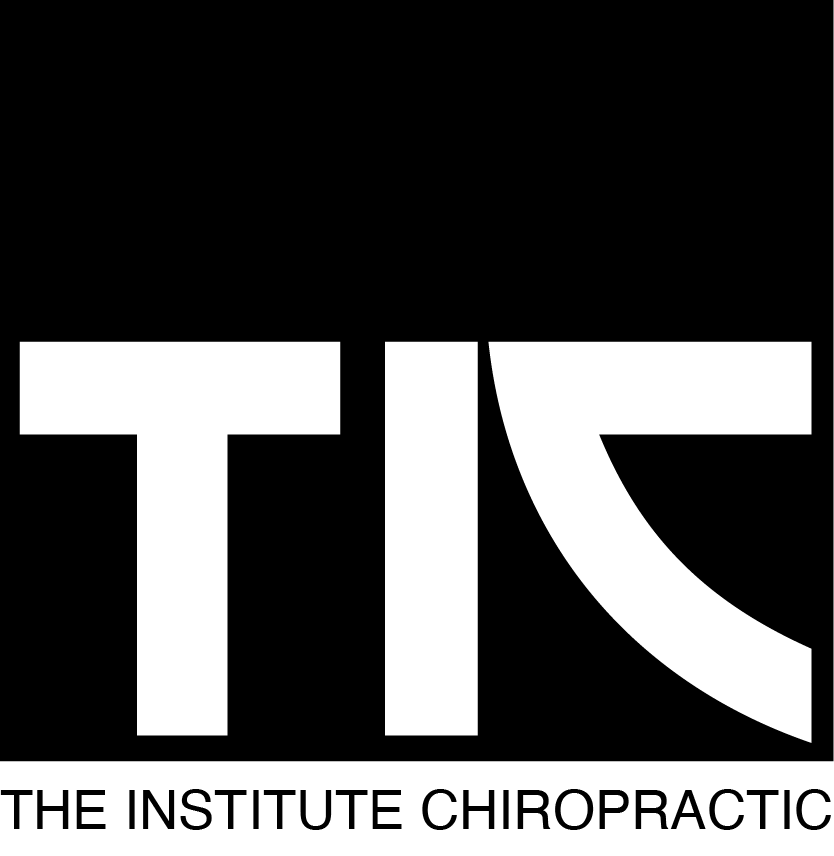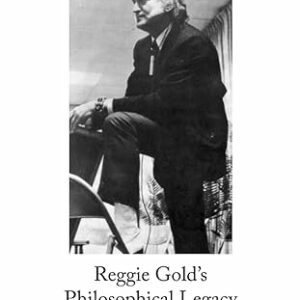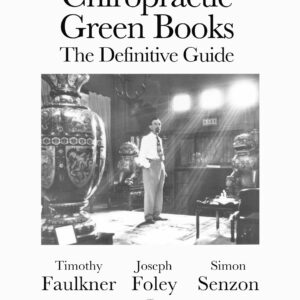Description
Rolf Peters Book:
An Early History of Chiropractic: The Palmers and Australia
An Early History of Chiropractic Contents:
Contents
Declaration
Acknowledgements
Contents
List of Figures
List of Tables
List of Abbreviations
Foreword
Abstract
1 Background to the Study
1.1 Identifying the Research Question
1.2 Methodology
1.3 Resultant Publications
2 Chiropractors in Australia 1905 – 1945
2.1 The Dawn of Chiropractic in Australasia
2.1.1 Barbara Brake
2.1.2 The New Zealand Influence
2.2 The Establishment Period—The Spread of Chiropractic by State
2.2.1 Arrival of Graduate Chiropractors in Australia
2.2.2 Establishment of Chiropractic in New South Wales
2.2.3 Establishment of Chiropractic in Victoria
2.2.4 Establishment of Chiropractic in South Australia
2.2.5 Establishment of Chiropractic in Tasmania
2.2.6 Establishment of Chiropractic in Western Australia
2.2.7 Establishment of Chiropractic in Queensland
2.2.8 Establishment of Chiropractic in Country Areas
2.3 Profile of Graduates
2.3.1 Institutions of Chiropractic Education
2.3.2 Age at Commencement of Study
2.3.3 National Origin of Graduate Chiropractors
2.3.4 Pre-Chiropractic Educational Achievement
2.3.5 Pre-Chiropractic Employment
2.3.6 Reasons for Studying Chiropractic
2.3.7 Discrepancy between Graduation Date and Practice Start
2.3.8 Female Chiropractors: Practising and Non-practising
2.3.9 Australian and Non-Australian Graduates Assumed to have Practised in Australia Who Could not be Located
2.4 Schools Involved in Teaching Chiropractic to Graduate Practitioners Practising in Australia
2.4.1 The Palmer School of Chiropractic
2.4.2 Lincoln College of Chiropractic
2.4.3 San Francisco College of Chiropractic
2.4.4 College of Chiropractic Physicians and Surgeons, Los Angeles
3 Chiropractic Education: The Palmer School Experience from its Inception in 1897 to the End of World War II
3.1 The D.D. Palmer Era
3.1.1 Retracing the First Steps
3.1.2 The Beginning of Chiropractic Education
3.1.3 The Disciples
3.2 The Interregnum: 1902 – 1906
3.2.1 B.J. Palmer: Holding the Bag
3.2.2 D.D. Palmer: Chasing the Rainbow
3.2.3 B.J. and D.D.: An Uneasy Partnership
3.3 The B.J. Palmer Era: 1906 – 1945
3.3.1 The Physical Plant
3.3.2 Degree Requirements and Tuition Fees
3.3.3 Curriculum Development
3.3.4 Faculty
3.3.5 Teaching Aids
3.3.6 Clinical Learning
3.3.7 Learning Climate
3.3.8 Continuing Education
3.3.9 Chiropractic Education in Australia
4 Chiropractic and Technology
4.1 From Workbench to Sophisticated Table
4.1.1 Introduction
4.1.2 The First Adjusting Table
4.1.3 Stationary Office Table
4.1.4 The Suit Case Adjusting Table
4.1.5 The Hylo Table
4.1.6 The Knee-Chest Table
4.1.7 The Side Posture Table
4.2 Spinography—The Need to See the Spine
4.2.1 Introduction
4.2.2 The Pre-Discovery Period
4.2.3 Discovery of the Roentgen Ray
4.2.4 Spread of Roentgenography
4.2.5 Development of Equipment
4.2.6 Radiation Hazards
4.2.7 Early Chiropractic Spinography
4.2.8 Palmer School Radiography Department
4.2.9 Spinography in Australia
4.3 Instrumentation—to Identify and Locate the Subluxation Complex
4.3.1 Introduction
4.3.2 The “Hot Box” Era
4.3.3 Dossa D. Evins
4.3.4 The Neurocalometer
4.3.5 NCM Model 2
4.3.6 Neurocalograph and Neurotempometer
5 What Early Chiropractors “Treated”
5.1 Cases of the Palmers and Early American Chiropractors
5.1.1 To “Treat” or to “Adjust”
5.1.2 Cases of D.D. Palmer
5.1.3 Cases of B.J. Palmer
5.1.4 Cases of Early Chiropractors
5.2 Australian Experiences
5.2.1 Previous Chiropractic Experiences of Individuals Who Became Chiropractors in Australia
5.2.2 Letters, Advertisements, Testimonials
5.2.3 Newspaper Stories
5.2.4 Mention in Parliamentary Procedures
6 Professional Associations
6.1 Palmer-Related Association in the United States
6.1.1 Introduction
6.1.2 The Universal Chiropractors’ Association
6.1.3 The Chiropractic Health Bureau
6.2 Professional Associations in Australasia
6.2.1 New Zealand Associations
6.2.2 Australian Associations
7 Chiropractic and the Law
7.1 The American Experience
7.2 Effect on Australasian Chiropractors
8 Epilogue







Reviews
There are no reviews yet.